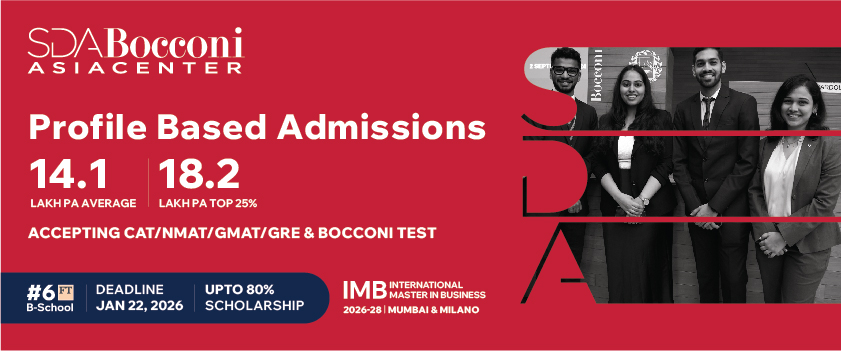The sports industry is nearly half a trillion-dollar industry worldwide. In India, it is one of the fastest-growing spaces owing to the entry of new leagues like IPL, ISL, ProKabaddi Leagues, and Fantasy sports – Dream 11 and MPL, which have been acting as a game-changer. This has opened up new career opportunities in the field, which includes athlete/talent (also rights & licensing) management, sports marketing/sponsorship, merchandising, sports tourism, sports digital solutions - OTT platforms boom, e-sports and gaming, sports venue operations, and management, and sports medicine.
Business Schools in India are increasingly recognizing this change today. One such prestigious school, K J Somaiya Institute of Management (along with Somaiya Sports Academy), offers a sector-specific course - MBA in Sports Management, with world-class sports facilities for on-ground experiential learning and international immersion opportunities.
The MBA in Sports Management at K J Somaiya Institute of Management is a 2-year full-time program across 12 significant segments, which covers every aspect of the industry through courses in these broad cohorts – business management, marketing, branding & media, technology & analytics, strategy & leadership, and niche areas like negotiations, medicine, physiotherapy, event management, and tourism management.
The board of studies includes industry stalwarts like Medha Shitut - Head - Research & Strategy | Zee Group, Chester King – CEO| British eSports Association (London), Satish Menon – CEO |Kings XI Punjab, Swapnil Salvi- General Manager | Inox, Mehul Kapadia – COO | Motorsports Network (London) and Dr. Pramod Prabhakaran - Sports Medicine & Sports Resilience Expert | Imperial College of Business (London).
Students can expect to secure industry roles like sports analyst, sports brand manager, managing health and fitness chains, sports merchandiser/retailer, sports agent, public relations manager, event manager, athlete development specialist, digital marketing manager, media manager, celebrity consultant, sports medicine and nutrition specialist.
Currently, MBA in Sports Management is one of the most in-demand programs globally as it provides an opportunity to the students for building their long-term careers in a dynamic sector, possessing considerable growth potential. K J Somaiya Institute believes in offering the latest courses in the area of Sports Management to develop professionally trained and industry-ready managers for sports and sports-related sectors. MBA- SM integrates the latest ground breaking courses related to sports management, such as sports technology, sports analytics, the design and management of sports information systems and beyond.
*This is a promoted feature.
To know more about K J Somaiya Institute of Management MBA in Sports Management Click here
